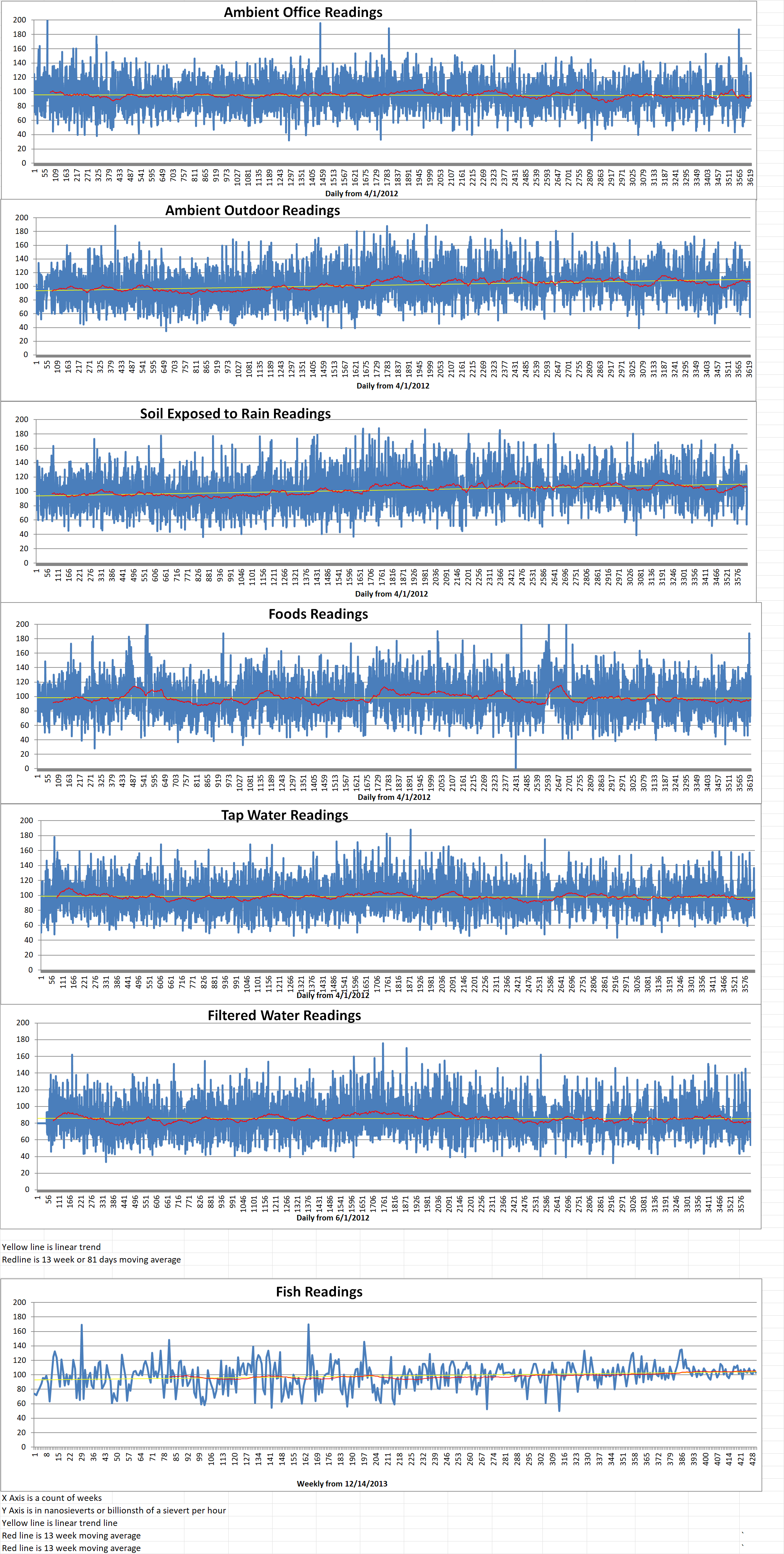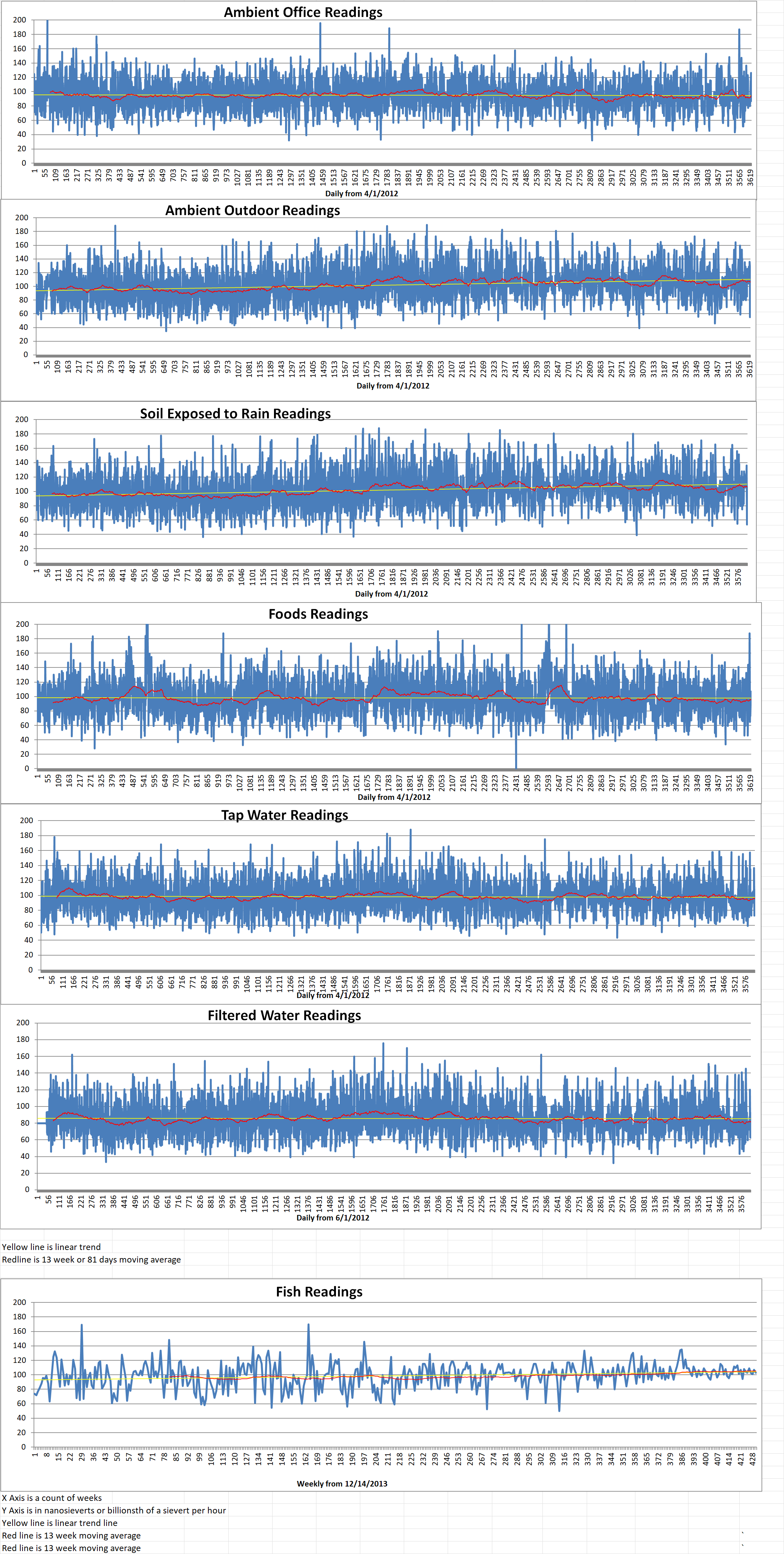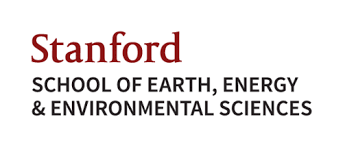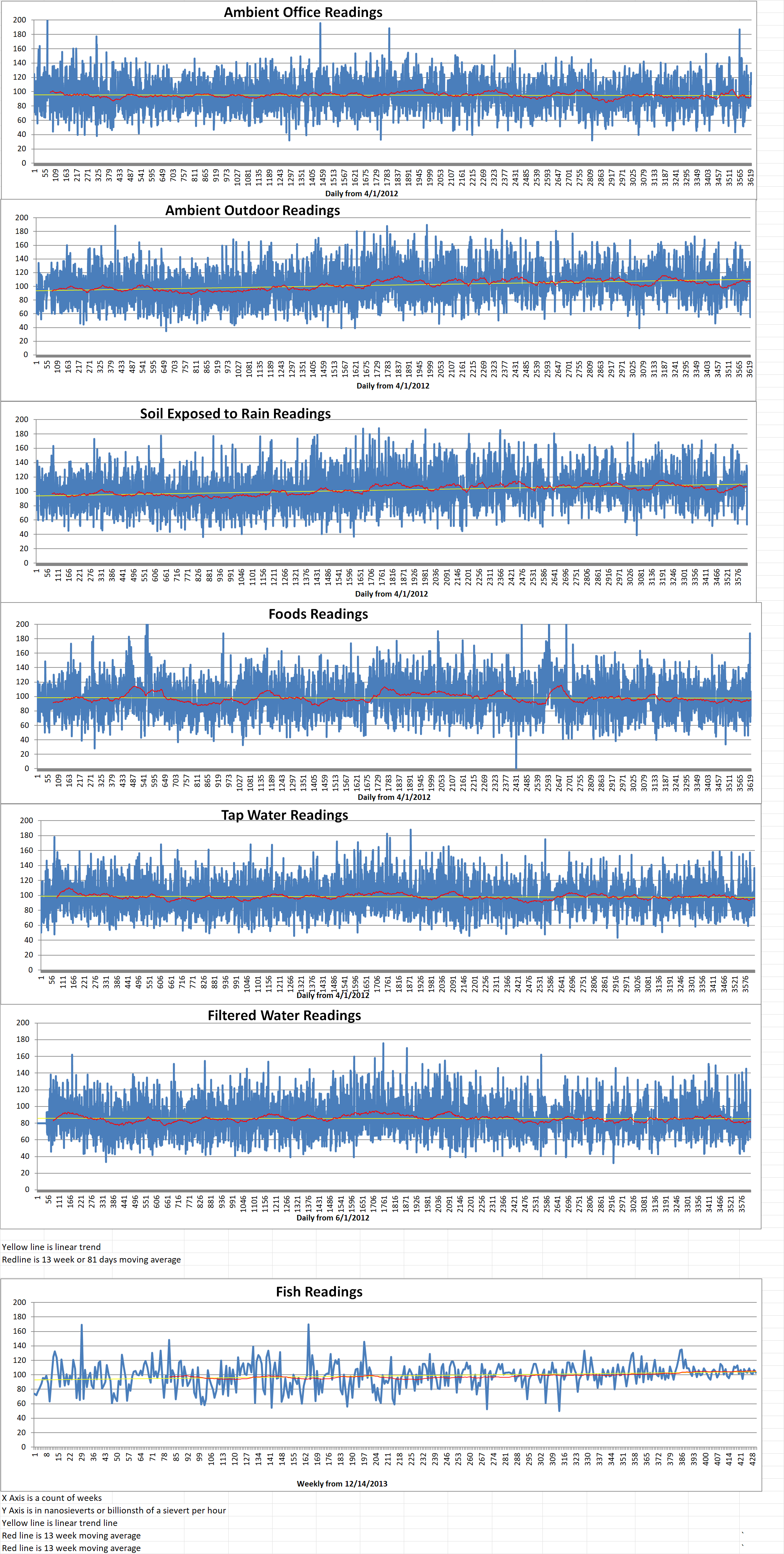Part 2 of 2 Parts (Please read Part 1 first)
Dozens of SMR designs have been proposed. For the new report, Krall analyzed the nuclear waste streams from three types of SMRs. These SMRs are being developed by Toshiba, NuScale, and Terrestrial Energy. Each of these companies uses a different design. Results from case studies were verified by theoretical calculations and a broader design study. This three-pronged approach allowed the authors of the study to reach powerful conclusions.
Rodney Ewing is the Frank Stanton Professor in Nuclear Security at Stanford and co-director of CISAC. He is the co-author of the new study. He said, “The analysis was difficult, because none of these reactors are in operation yet. Also, the designs of some of the reactors are proprietary, adding additional hurdles to the research.”
Energy is produced in a conventional nuclear power reactor when a neutron causes a uranium atom to fission in the reactor core. This generates additional neutrons that then go on to split more uranium atoms, creating a chain reaction. However, some neutrons escape from the core which is called neutron leakage. These rogue neutrons strike surrounding structural materials such as steel and concrete. These materials then become radioactive when “activated” by neutrons that have escaped from the core.
The new study found that the smaller sized SMRs will experience more neutron leakage than conventional reactors. This increased leakage has an impact on the amount and composition of their waste streams.
Ewing said, “The more neutrons that are leaked, the greater the amount of radioactivity created by the activation process of neutrons. We found that small modular reactors will generate at least nine times more neutron-activated steel than conventional power plants. These radioactive materials have to be carefully managed prior to disposal, which will be expensive.” In addition, neutron bombardment causes steel to become brittle which may lead to leaks in the core vessel.
The new study also discovered that the spent nuclear fuel from SMRs will be discharged in greater volumes per unit of energy extracted. Their waste can be far more complex than the spent nuclear fuel discharge from existing nuclear power plants.
Co-author Allison Macfarlane is professor at and director of the School of Public Policy and Global Affairs at the University of British Columbia. She said “Some small modular reactor designs call for chemically exotic fuels and coolants that can produce difficult-to-manage wastes for disposal. Those exotic fuels and coolants may require costly chemical treatment prior to disposal. The takeaway message for the industry and investors is that the back end of the fuel cycle may include hidden costs that must be addressed. It’s in the best interest of the reactor designer and the regulator to understand the waste implications of these reactors.”
The new study concluded that, overall, SMR designs are inferior to conventional nuclear reactors with respect to radioactive waste generation, management requirements, and disposal options.
One major problem with nuclear power is long-term radiation from spent nuclear fuel. Krall’s research team estimated that after ten thousand years, the radiotoxicity of plutonium in spent fuel discharged from the three study modules would be at least fifty percent higher than the plutonium in conventional spent fuel per unit energy extracted.
Because of this high levels of radiotoxicity, geological repositories for SMR reactor waste should be carefully chosen through a thorough siting process.
Ewing said, “We shouldn’t be the ones doing this kind of study. The vendors, those who are proposing and receiving federal support to develop advanced reactors, should be concerned about the waste and conducting research that can be reviewed in the open literature.”







